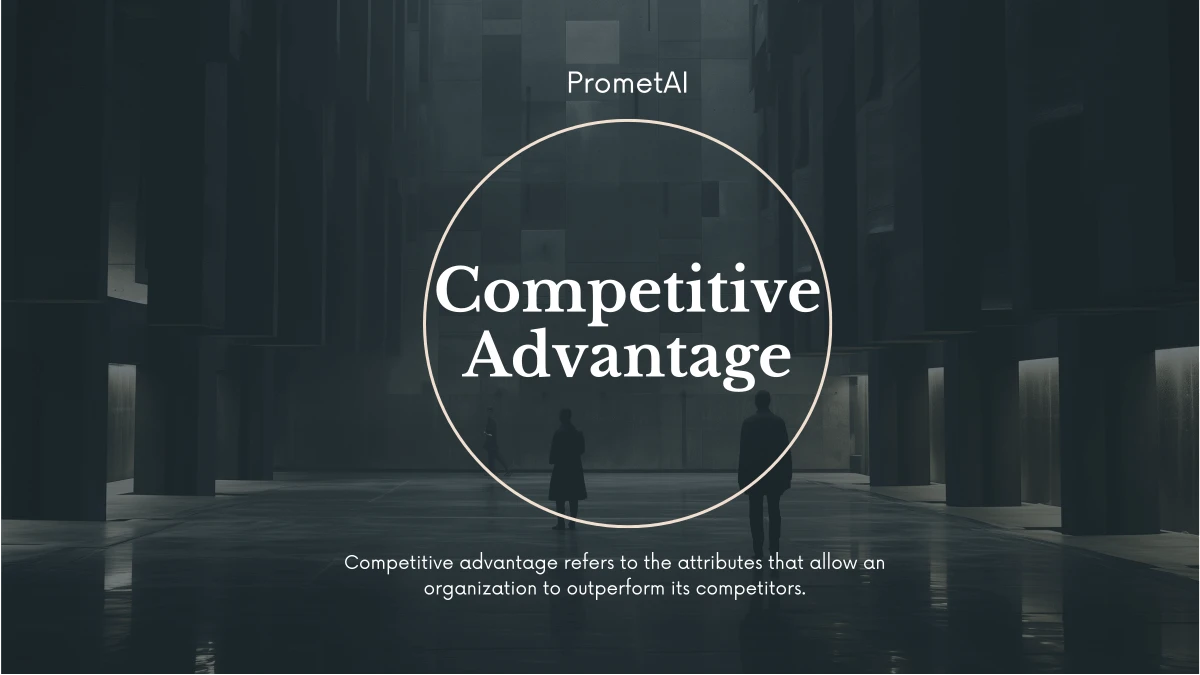Competitive advantage is what makes a business stand out in the market. Competitive advantage examples include cost leadership, differentiation, and unique product features. These examples highlight how businesses can attract and retain customers.

A strong competitive advantage differentiates a business from its competitors, driving customer preference and loyalty.
Competitive advantage can be achieved through various means such as cost leadership, product differentiation, and unique service offerings.
Sustaining a competitive advantage requires continuous innovation and a deep understanding of customer needs and market trends.
Businesses with a clear competitive advantage tend to gain greater market share and achieve higher profitability.
Leveraging proprietary technology and maintaining superior customer service are critical components of a robust competitive advantage.
Learning Materials
Understanding competitive advantage is key to business success. It sets your business apart from competitors. This advantage can come from unique products, cost efficiency, or exceptional service. Competitive advantage drives customer choice and loyalty. It is essential for market leadership and profitability.
How to Gain Competitive Advantage?
Build a competitive advantage by offering unique products or services. Focus on cost efficiency and innovation. Understanding the advantages of perfect competition helps in strategy development. Leverage technology and exceptional customer service. Continuous improvement and market analysis are crucial.
Competitive Advantage vs. Comparative Advantage
Competitive advantage focuses on differentiating your business in the market. Comparative advantage emphasizes producing goods more efficiently. Both concepts are essential for strategic business decisions. Understanding each helps in optimizing resources and achieving market success. Combining both advantages leads to stronger business performance.
Competitive Advantage Examples
Examples of competitive advantage include cost leadership, brand reputation, and proprietary technology. Unique product features and superior service also create competitive advantage. PrometAI's AI-driven financial tools are intuitive and user-friendly. Tailored insights and strong customer support distinguish PrometAI from competitors. Robust data security measures further enhance PrometAI's competitive edge.
